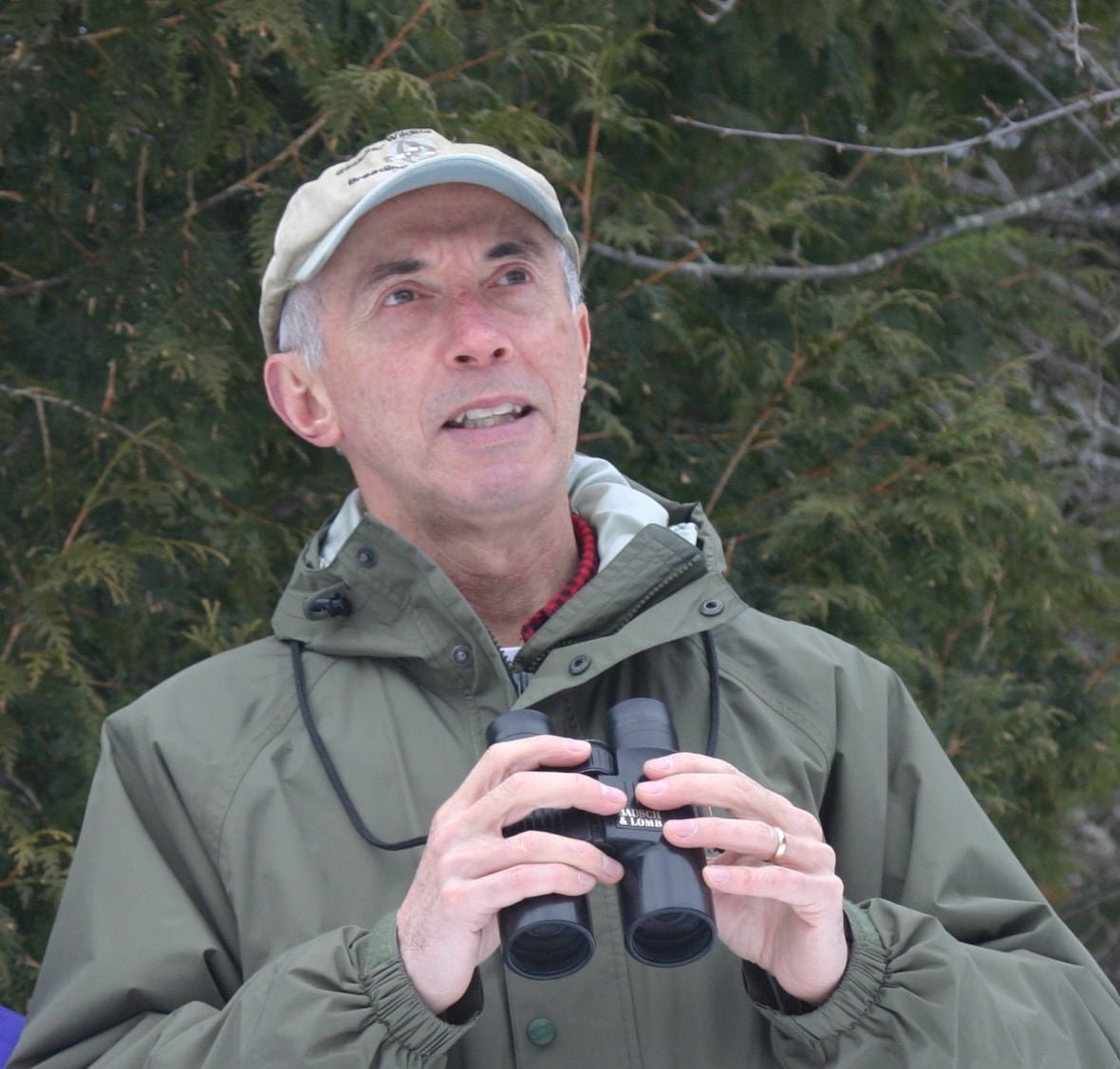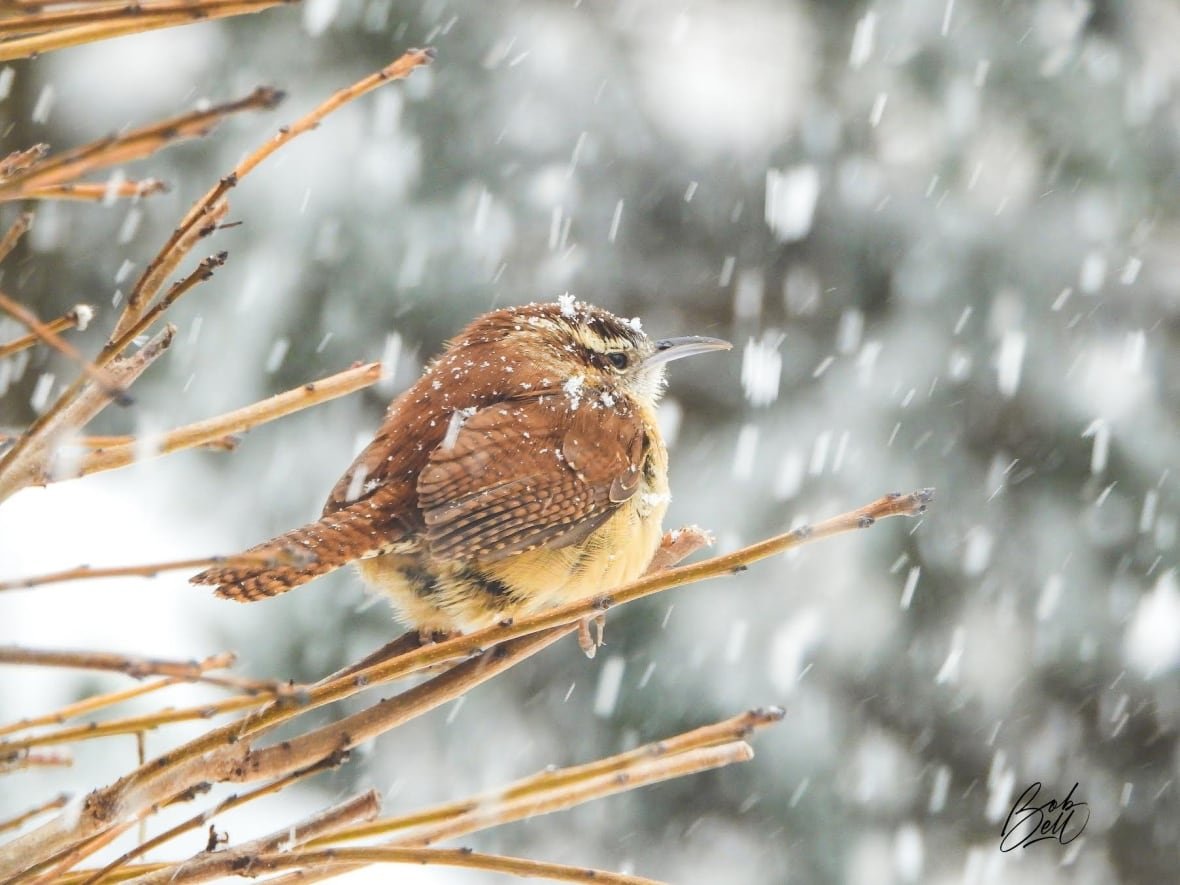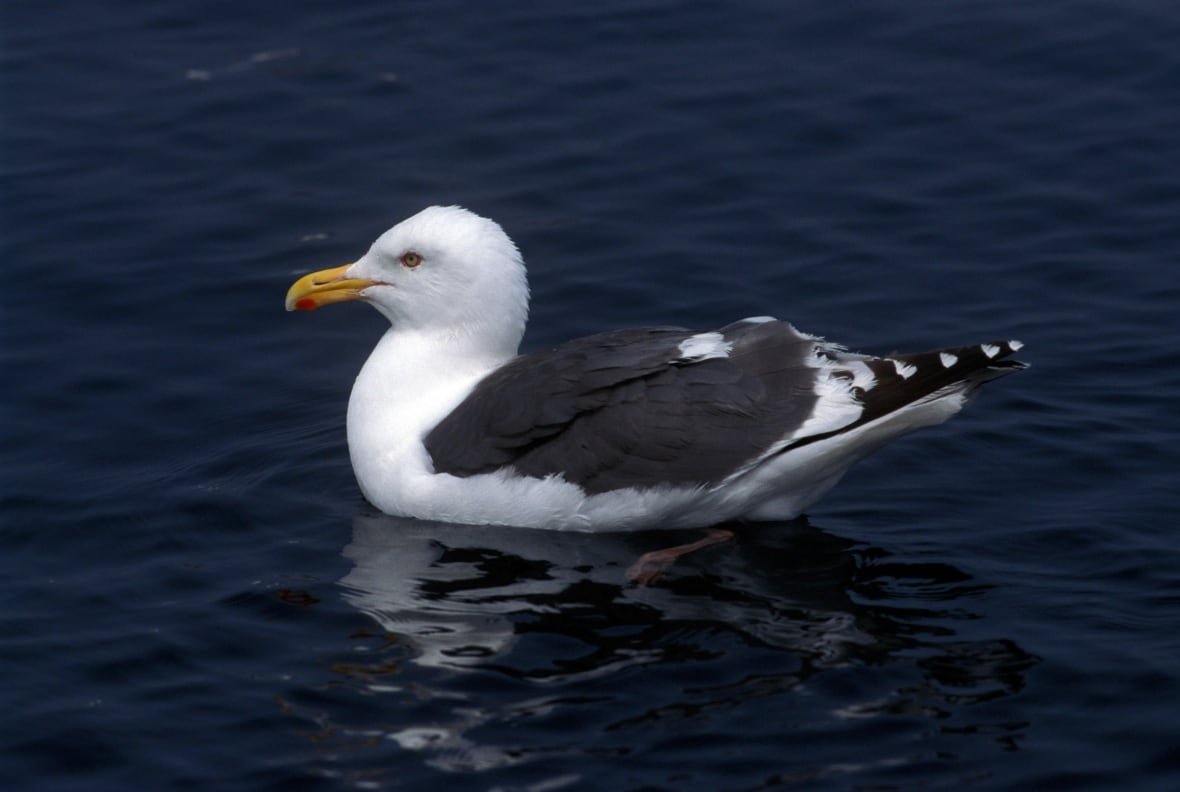More birds are making the trip north to New Brunswick this winter than usual, but the reasons probably aren’t good.
Nature N.B. has maintained a list of the different types of birds seen during every winter since 1996.
So far this winter, 176 species have been spotted, the highest number since the list was started.
Jim Wilson, a birder and member of Nature N.B., said it looks like climate change is likely to blame for the increase in winter species.
“Climate change is a factor and our winters aren’t what they might have been 30 years ago,” said Wilson.
“Our falls are more moderate, so some birds are staying longer.”

There are two categories of birds that the province is seeing more of in the winter, he said.
One group is those that would normally summer in the province but that stick around longer because of less harsh winters, such as warblers, “which we consider, for the most part, a summer bird,” said Wilson.
“I just looked at the list recently and there’s like 19 species of warblers that have been seen at least into early December and with increasing frequency and more variety in recent years.”
Wilson said there are also more birds from southern climates making their way north in the winter.
“Carolina wren is a bird that 30 years ago was very occasional coming to feeders,” said Wilson.
“Now we’re seeing them every winter.”

Of course some birds seem to defy explanation.
“A slaty-backed gull: this is a smaller bird from Siberia, that has bubble gum pink legs … it’s showing up on Grand Manan,” said Wilson.
“It’s only once before been seen — at the Saint John landfill, briefly, a couple of winters ago.”
The increase in species of winter birds in the province is a double-edged sword for birders like Wilson.

On the one hand it’s always exciting to find an unexpected bird when bird watching, but on the other hand, the reason you’re seeing that bird is because of a phenomenon that’s negatively impacting the planet.
Personally, Wilson said he chooses to view the bird list as a way to document the changing nature of nature.
“Everything is changing and the world is constantly changing and always has been,” said Wilson.
“This is a way to help track that and have a better appreciation of how things are gradually changing.

